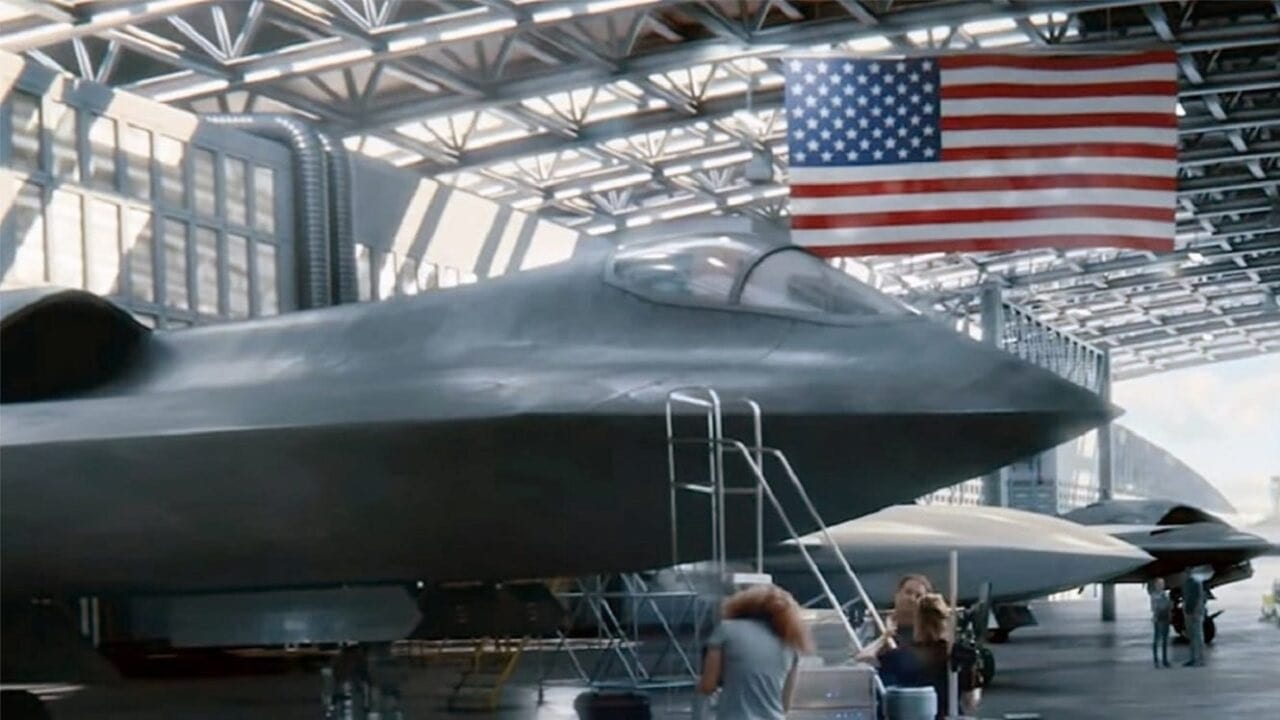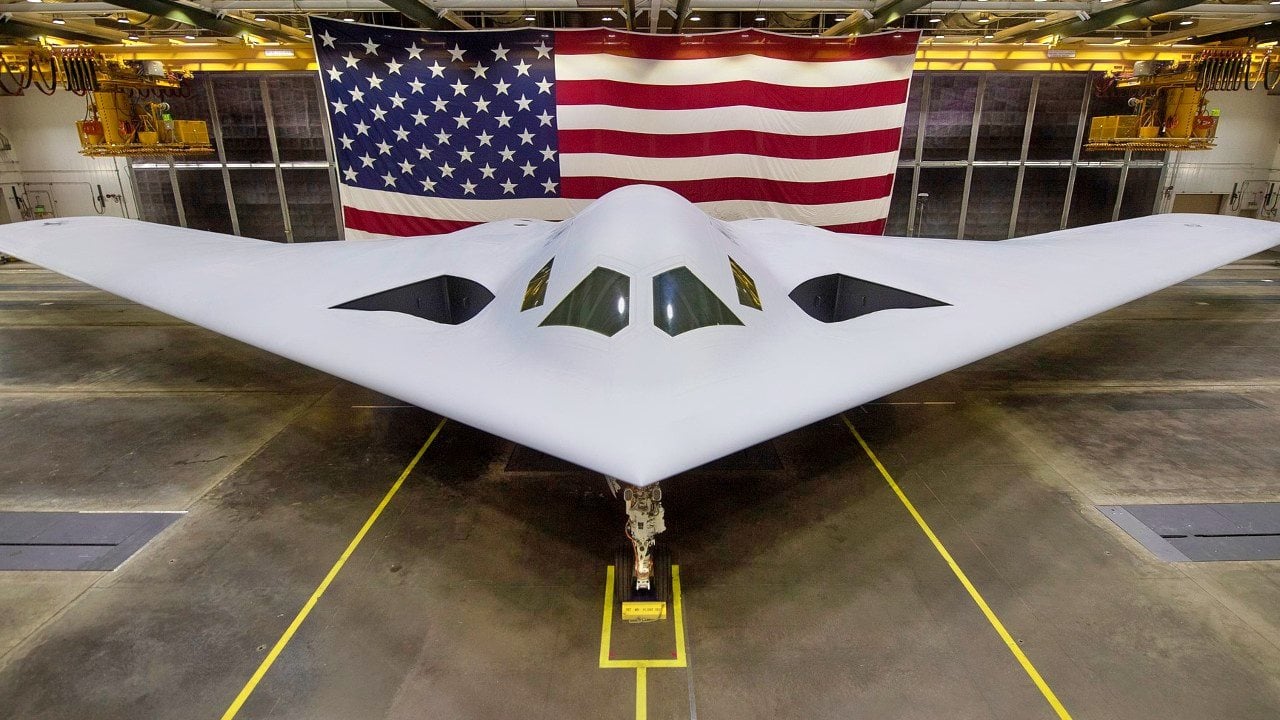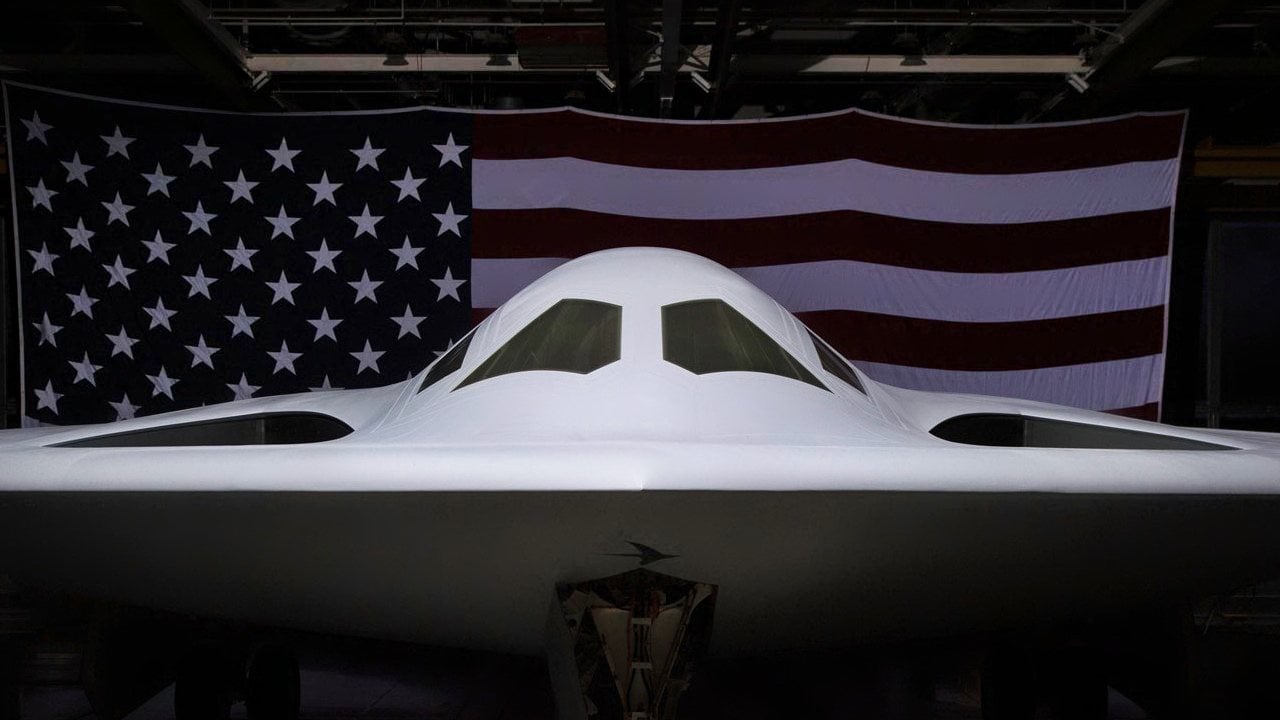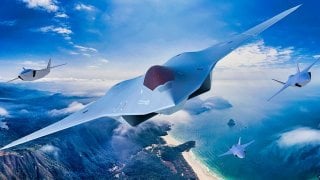B-21 Raider Bomber and NGAD Fighter: Giant Mistakes for the U.S. Air Force?
The U.S. Air Force's Next Generation Air Dominance (NGAD) fighter and B-21 Raider have faced criticism over their high costs and relevance.
Summary: The U.S. Air Force's Next Generation Air Dominance (NGAD) fighter and B-21 Raider have faced criticism over their high costs and relevance.

-The B-21, a next-gen stealth bomber, costs $750 million per unit and $203 billion over 30 years, while the NGAD aims to replace the F-22A Raptor.
-Critics argue these investments are not justified amid rapid technological advancements like drones and AI.
-They suggest reallocating funds to unmanned systems and cyber warfare. Proponents, however, claim these systems are essential for maintaining a technological edge.
-While the B-21 is deemed necessary for deep-strike missions, the NGAD may be too ambitious and costly.
Is the U.S. Air Force Overspending on the NGAD Fighter and B-21 Raider?
In the realm of military technology, the constant pursuit of “the next big thing” often leads to a debate over the cost and relevance of new developments. The US Air Force’s Next Generation Air Dominance (NGAD) fighterand the B-21 Raider, have both been touted as revolutionary advancements in the annals of modern air warfare—indeed, they are, when compared to other manned platforms—have been unable to elude this level of criticism.
The B-21 Raider, America’s next-generation stealth bomber, has been hailed for its stealth capabilities and the promise of penetrating deep-strike missions (full disclosure: this author has liaised with the folks at Plant 42 where this bird was developed, so there is some bias on my part).
The price tag, however, for this technological marvel is high. Reports indicate that the project is expected to cost $203 billion over 30 years (a number that will likely only increase, considering how shabby the Pentagon’s acquisition system is and how inefficient most defense contractors are).
Each B-21 will cost $750 million.

Meanwhile, the Next-Generation Air Dominance (NGAD) fighter program is the Air Force’s push to replace the F-22A Raptor, a fifth-generation air superiority warplane, with a sixth-generation bird. Keep in mind that the Air Force was never able to fully realize its ambitions of having a fleet of 750 F-22A Raptors because of costs and technological complications. Or that no plane today can truly rival the F-22—that’s decades after it was first designed and deployed. Regardless, the Air Force is pushing ahead with its desire to replace the F-22 fleet with the NGAD.
In other words, the NGAD will be highly cost prohibitive and so technologically sophisticated that, given America’s broken defense industrial base, will be extremely difficult to field in significant numbers or to reliably maintain.
Are these systems even worth the cost?
Critics argue that the high price tags are not justified, especially when considering the rapid pace of technological change—notably in the defense sector, ever since the advent of technologies, such as drones, artificial intelligence, and other new age advancements the implications of which the world’s great powers are still grappling with. And in the case of those technologies—notably drones—they are still in their infancy and far cheaper and revolutionary than conventional platforms, such as the NGAD proposal (or even my beloved B-21 Raider).
More than that, critics point to the F-22A Raptor, which as noted above, never achieved its full realization because of the high costs and supposed obsolescence. More importantly, critics are concerned that the US is blowing its budget on these legacy systems while the country should be more serious about funding unmanned systems, cyber warfare capabilities, and other unconventional programs that may be cheaper and, ultimately, far more relevant to the modern defense requirements of the nation.
On the flipside, proponents claim that these systems (the NGAD and B-21) are essential for maintaining a technological edge over potential adversaries. Certainly, in the case of the B-21, certain new innovations have already been spun off from the investment made in development of that bird.
And, if the proponents are correct, then the technological ecosystem that the NGAD is reputed to be part of could be used for massive spin-off potential. This happened with the stealth bomber program, the F-22A Raptor program, and a host of other less successful next-generation prototypes throughout the last 40 years.

Plus, in terms of the B-21, in the age of anti-access/area-denial (A2/AD), the ability to conduct deep strike penetration missions against hardened enemy targets (such as those in China), likely justifies the investment. The NGAD, however, which is entirely new and still in the design phase, might be too lofty.
The bottom line is that the B-21 is absolutely needed. In fact, the Air Force needs considerably more units of this bird whereas the NGAD, despite its airy goals of leveling-up America’s military technology, is a boondoggle-in-the-making. The Air Force’s delusions of a sixth-generation warplane must end now. The resources channeled into that program should be immediately repurposed to far more productive national defense endeavors.
About the Author
Brandon J. Weichert is a former Congressional staffer and geopolitical analyst who is a contributor at The Washington Times, as well as at American Greatness and the Asia Times. He is the author of Winning Space: How America Remains a Superpower (Republic Book Publishers), Biohacked: China’s Race to Control Life, and The Shadow War: Iran’s Quest for Supremacy. Weichert can be followed via Twitter @WeTheBrandon.


